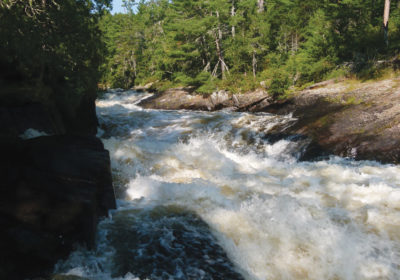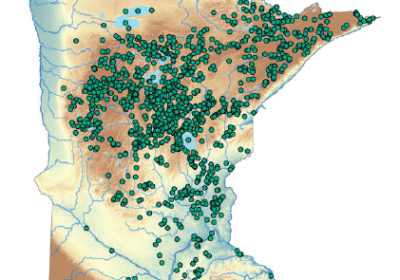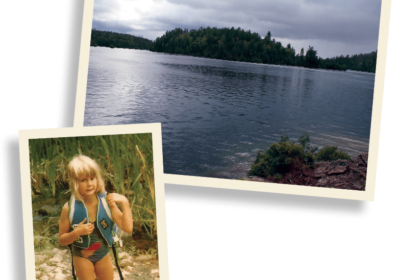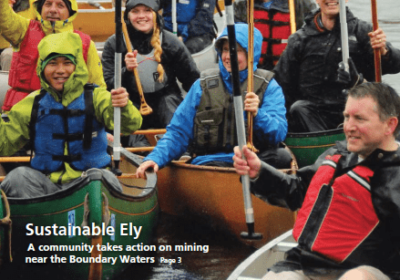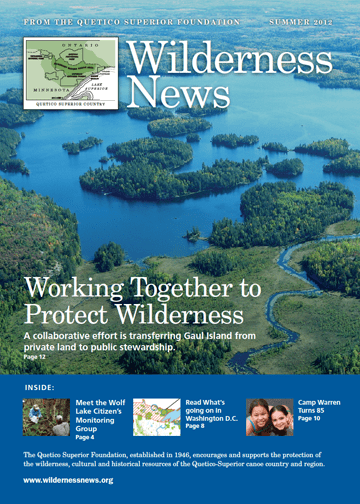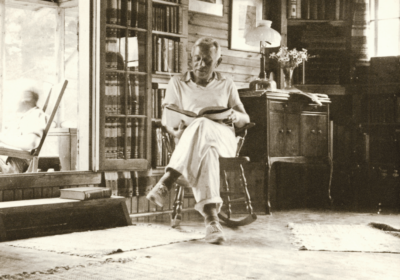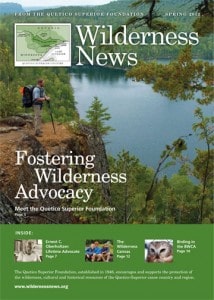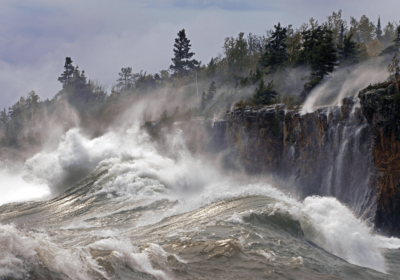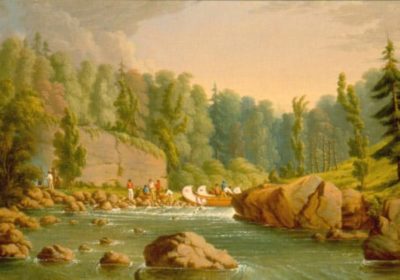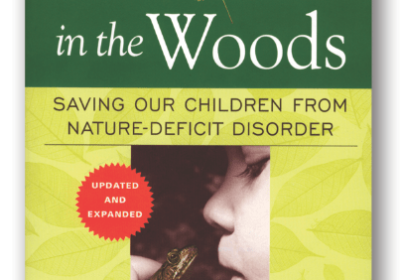State of the Boundary Waters
The Quetico-Superior region of Minnesota and Canada bring to mind lake country—a landscape characterized by glacier carved lakes filled with clear, cold and clean water. Yet the list of possible impacts on northern Minnesota water quality is long: proposed mining, climate change, invasive species, nutrient loading, and algal blooms to name just a few. In some places, like Lake of the Woods, evidence suggests that changes are already under way.


